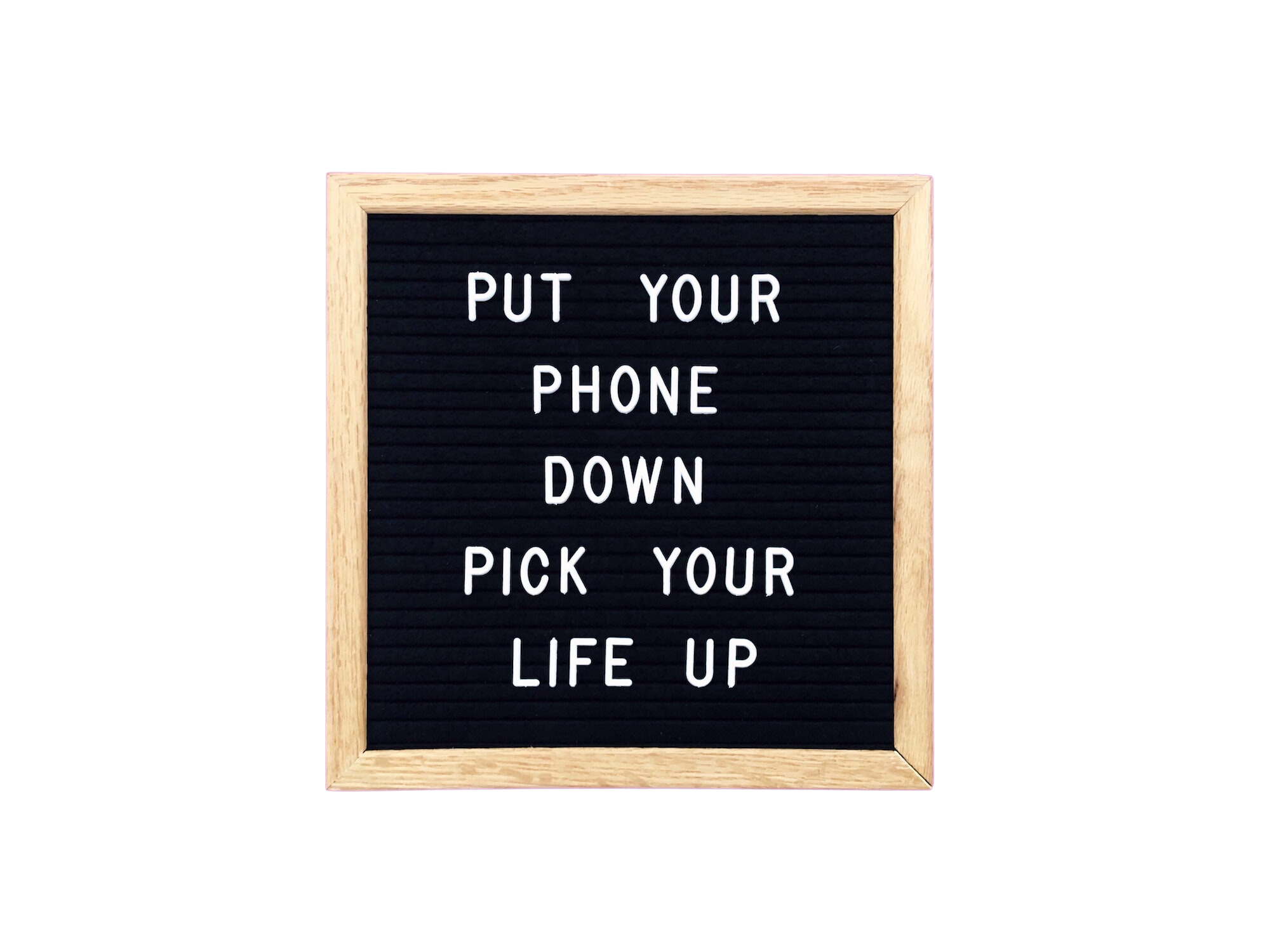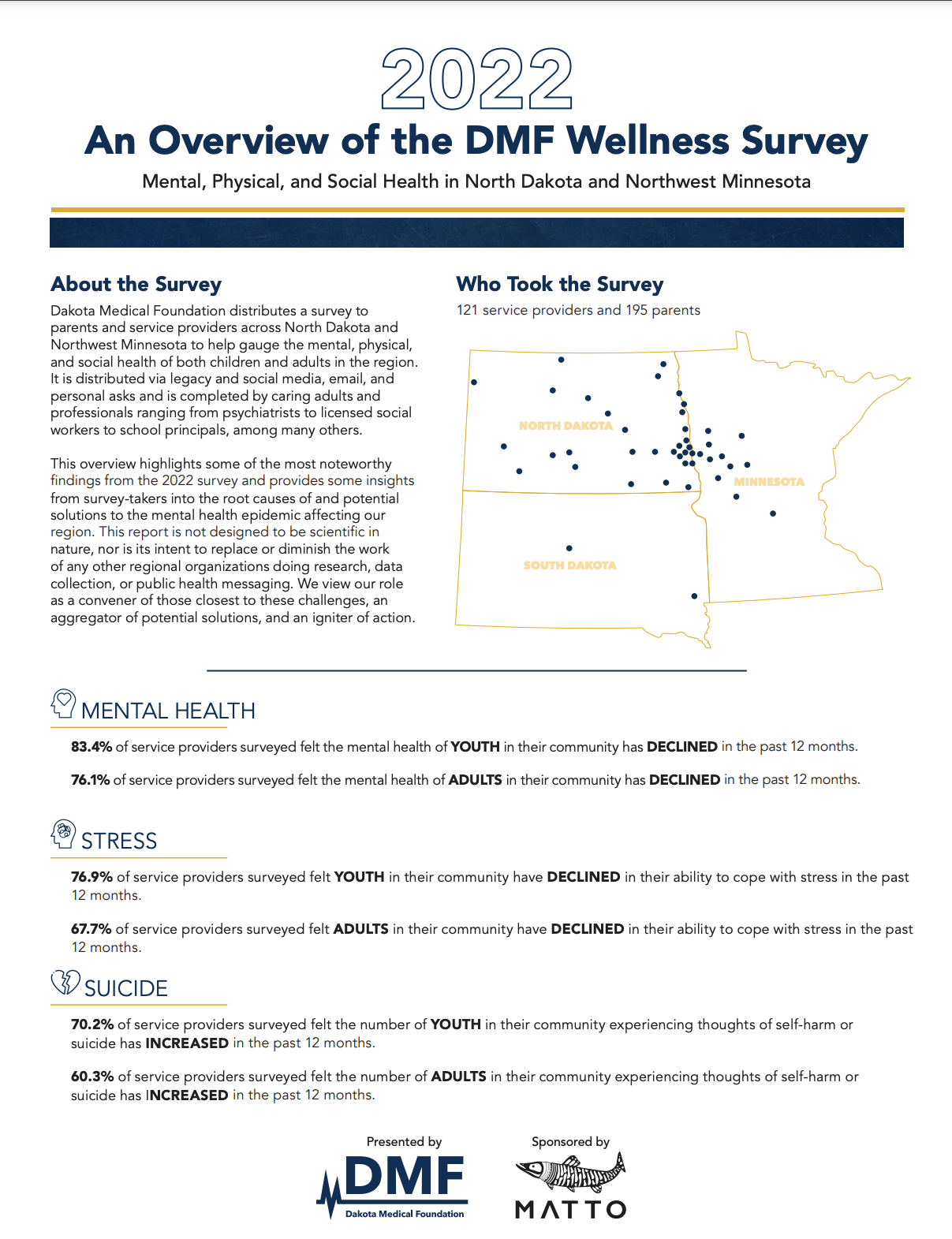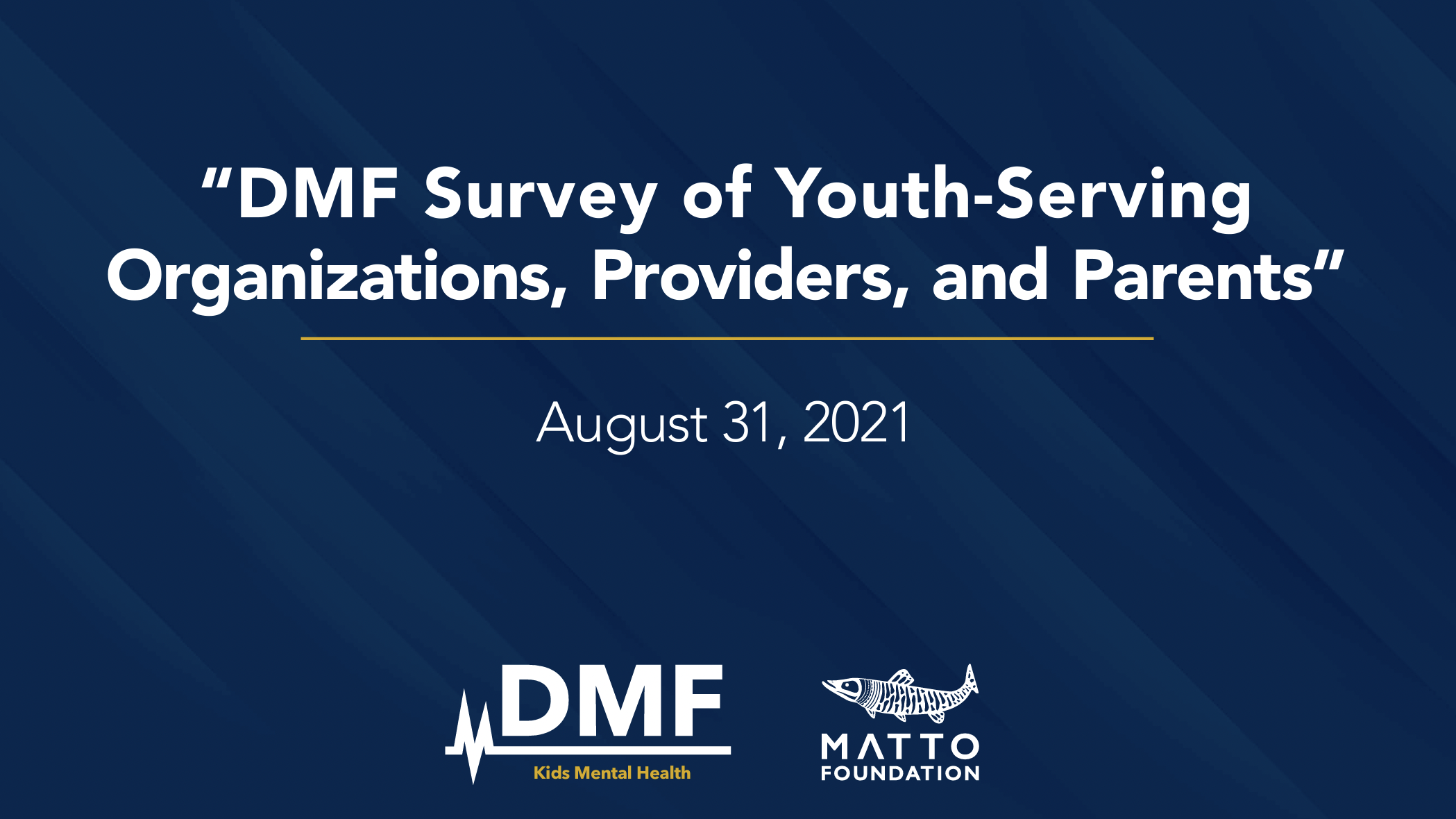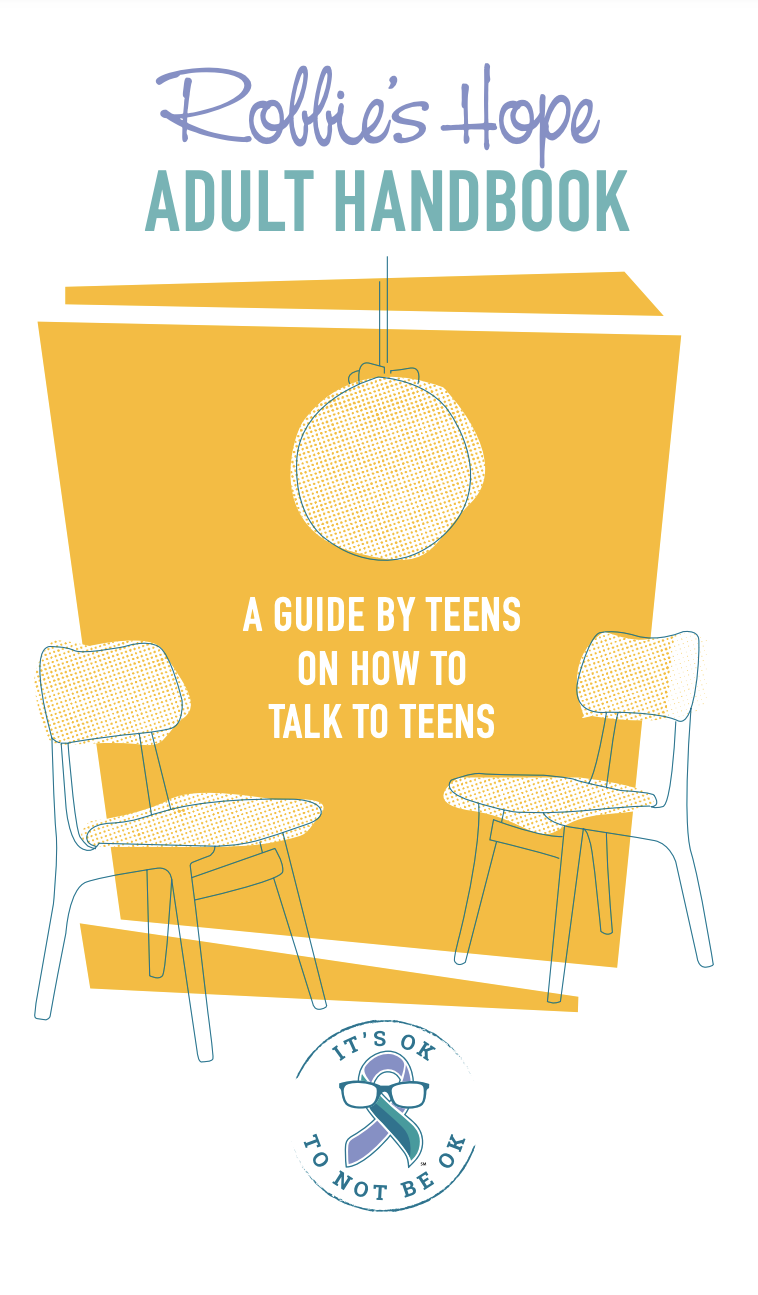Shining a light on Health issues that matter
Shining a light on Health issues
that matter
health & wellbeing
"He who has health has hope
and he who has hope has everything."
Arabian Proverb
A Health issue that matterS
Digital Addiction
Devices and social media are designed
to be addictive
- AMERICAN TEENS use an average of 9 HOURS PER DAY of entertainment media, and nearly half say they are online on a near-constant basis. American ADULTS aren’t much better, spending about 7 HOURS A DAY IN FRONT OF A SCREEN.1
- According to one study, users who spent MORE TIME ON SOCIAL MEDIA were more than 5 TIMES more likely to report that they suffered from DEPRESSION.2
- One study suggested that teens who use screens for more than five hours per day were 20% MORE LIKELY to have SUICIDAL IDEATION compared to those who used screens for less than one hour per day.3
10 Tips
for Digital
Wellbeing
-
Hover to uncover
all the helpful information on each tip.
Create a family media plan
Family Media Plan
Include them in the conversation
Include & listen
Establish device-free times and spaces in your home
Device-free times & spaces
2. No social media during homework
3. Screens off at least 30 minutes before bedtime
4. Maintain spaces — the living room, dining room, or bedrooms for talking, reading, or rest
Process emotions together
Be present, curious & empathetic
Use parental controls
• 10 Apps •
We recommend
Find meaning and purpose, unplugged
Build Relationships
Introduce your kids to nature early & often
The GREAT outdoors
Be a good role model with your own device use
We've all been there
It's good to be bored sometimes
Device-free activities
Set your screen-time goals
Have a good reason
ask • assess • report • support
Annual surveys power
our ability to help
Each year, Dakota Medical Foundation asks parents and professionals to complete a survey to assess the mental, physical, emotional, and social health of children and adults in the region.
This survey is completed by parents, caregivers, psychiatrists, licensed social workers, school principals, and others. Their input shines a light on health issues that matter and powers our ability to plan and report back to our health partners for collaboration. Alongside them, we support the health of many through the tools and resources we develop together.
DIGITAL ADDICTION RESOURCES
- Qustodio – best for geo-fencing
- Bark – best for social media
- Net Nanny – best for location-tracking
- mSpy – best for mobile phones
- Kaspersky Safe Kids – best for PC
- Norton Family – best for Mac/iOs
- Mobicip – best for Chromebook
- McAfee Safe Family – best for Windows
- OpenDNS Family Shield – best for blocking adult content
- Kidlogger – best for Android
- “Control Your Tech Use” (Center for Humane Technology)
- “5 Simple Steps to a Healthy Family Media Diet” (Common Sense Media)
- “Be a Role Model: 4 Ways to Balance Screen Time Around Children” (Common Sense Media)
- “Making Digital Well-Being a Habit” (Common Sense Media)
- “What Parents Need to Know About Technology Addiction” (Common Sense Media)
- “Dealing with Devices: The Parent-Teen Dynamic” (Common Sense Media)
- “Boost Your Brain with Boredom” (Mayo Clinic)
Click HERE to visit our Phones Down ▾ Heads Up Challenge page for activity ideas & the opportunity to take the challenge!
MENTAL HEALTH RESOURCES
Robbie’s Hope is an organization with a straightforward mission: cut the teen suicide rate in half by 2028. It is DMF’s honor to partner with such an impactful organization, as we all aim to become a voice for those suffering in silence. Written by kids for parents, the Robbie’s Hope handbook is filled with useful tips and resources that will help you start a conversation about mental health with the kids in your life today. A heartfelt thank you goes out to Robbie’s Hope for all they’re doing for teens and families nationwide.
Download a copy of Robbie’s Hope Adult Handbook by clicking on the image below.
NEED HELP?
Local Resources
If you or someone you know is has suicidal thoughts or is in urgent need of mental health care, call 9-1-1 or 9-8-8 immediately.
For local organizations near you, please refer to the list of contacts below:
National Suicide Hotline: 800-273-8255
FirstLink: 2-1-1
The Village Family Service Center: 701-451-4900
Valley Christian Counseling Center: 701-232-6224
Justin’s Break the Silence: 701-271-0263
American Foundation for Suicide Prevention: 701-371-1194





